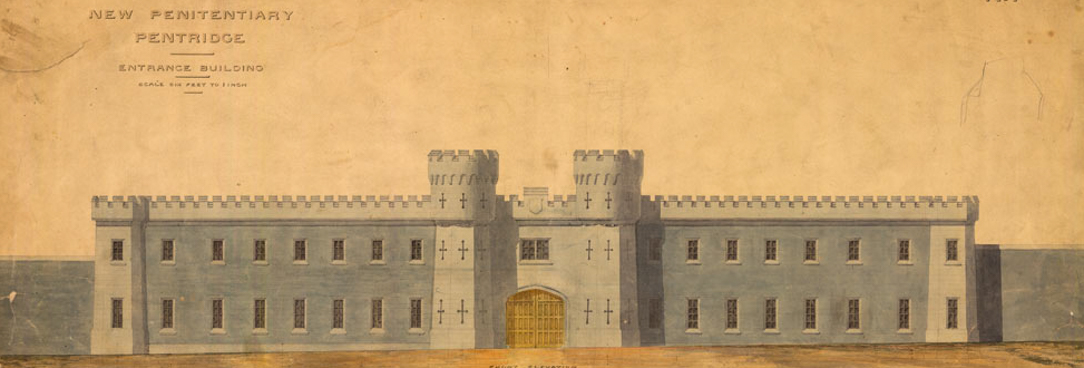Last updated:
What do I need to know?
The surname of the individual the application is about. If the surname is a common one, it may also be useful to know the approximate year in which the application was heard at the Court in Melbourne.
You should look into these series particularly if you have come across a reference to a case (for example, in a newspaper account from this era) that refers to an application brought before the “Supreme Court, in its Equitable Jurisdiction” or the “Supreme Court in Equity”.
For cases heard after 1902, use the Supreme Court Company and Miscellaneous Application Records (1885-1989) page.
How do I search?
Type in the surname of a plaintiff, defendant or applicant. If the name is a common one, consider adding a year range.
About these records
These files relate to actions taken before the Supreme Court in Equity in Melbourne. It dealt with often complex matters, based on notions of fairness rather than common law precedents. This included cases about matters such as:
• property trusts
• deceased estates (including married women’s property)
• rules governing mortgages
• the management of the personal affairs (including guardianship and lunacy) and property of people lacking legal capacity
• contract law, where specific performance and injunction were lent in the aid of common law rights
• bankruptcy
• other commercial matters.
Who created these records?
Records in our collection which date prior to 1 July 1852 were created by the Supreme Court of New South Wales for the District of Port Phillip (VA 914).
Records created from 1 July 1852 onwards were created by the Supreme Court of Victoria (VA 2549).
Next Steps
Order records of interest and view them in PROV's North Melbourne Reading Room.
What are in these records?
These records contain a range of documents that were lodged with the Court by the parties to the case as well as documents created by the Court. Such documents include:
- the bill which initiated the case, which after it was filed with the court, was referred to as the roll
- affidavits (i.e written statements of fact made by the parties) pertaining to the case
- draft and, until circa 1862 final, decrees, orders and reports, and
- notices of intention to appeal.
Material in the Public Record Office Victoria archival collection contains words and descriptions that reflect attitudes and government policies at different times which may be insensitive and upsetting
Aboriginal and Torres Strait Islander Peoples should be aware the collection and website may contain images, voices and names of deceased persons.
PROV provides advice to researchers wishing to access, publish or re-use records about Aboriginal Peoples
